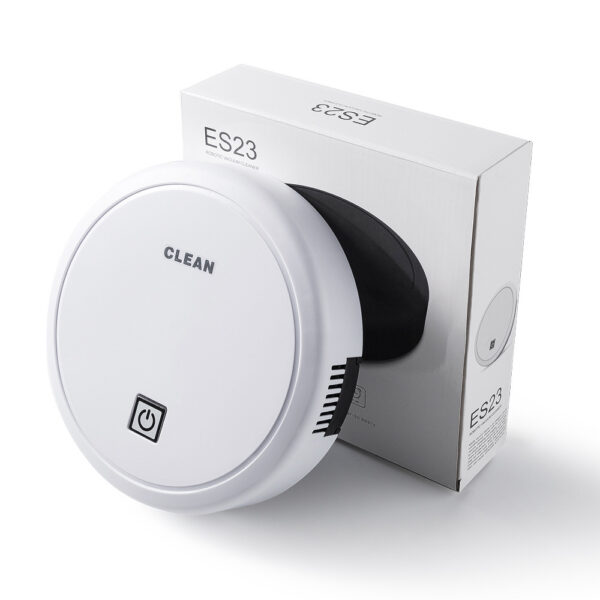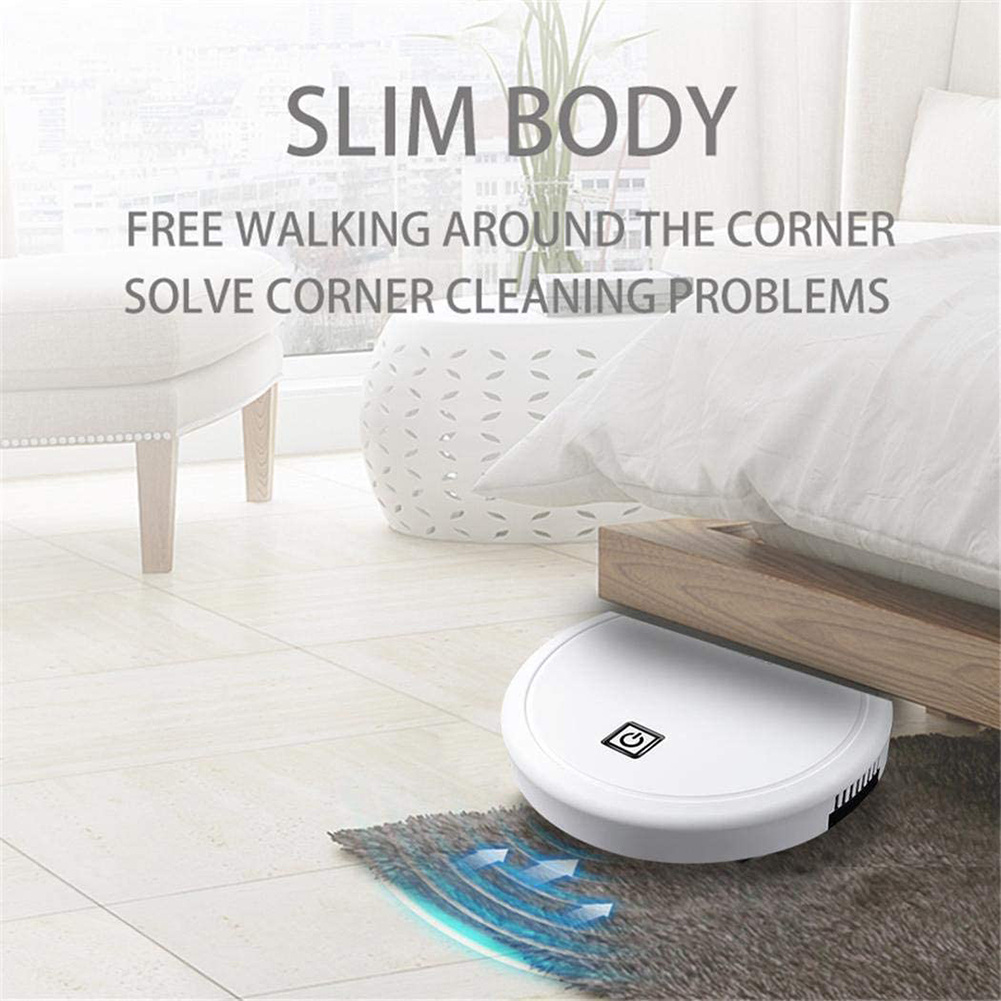We ship packages within 24 hours of ordering
- FAQ
- Terms & Conditions
- Privacy Policy
Revolutionize Cleaning with a Pool Cleaning Robot
Revolutionize Cleaning with a Pool Cleaning Robot

Keeping a pool clean is a task that many pool owners can relate to—scrubbing the walls, vacuuming debris, and checking the filter can feel like a never-ending chore. Fortunately, technological advancements have led to the development of pool cleaning robots, which promise to revolutionize how we maintain our pools.

These robots offer an efficient, time-saving, and effective solution to pool maintenance, ensuring a sparkling clean pool with minimal effort from the owner.
If you’re tired of manually cleaning your pool or dealing with subpar cleaning methods, here’s everything you need to know about how pool cleaning robots are transforming the pool care industry.
1. What is a Pool Cleaning Robot?
A pool cleaning robot is an automated device designed to clean swimming pools. These robots are equipped with sensors, brushes, and vacuum capabilities that allow them to navigate and clean the entire pool, from the floor to the walls, without requiring much input from the user. Some models even have the ability to climb the pool’s walls, removing dirt and debris from the waterline and ensuring a thorough clean.
Most pool cleaning robots are powered by electricity, either through a standard electrical connection or by rechargeable batteries. With programmable cleaning cycles, these robots can be set to operate on a schedule, so you can have a clean pool with minimal involvement. Simply place the robot in the pool, and let it do its job.
2. Time-Saving and Efficient
One of the biggest advantages of using a pool cleaning robot is the time and effort saved. Traditional pool cleaning requires hours of manual work, including scrubbing, vacuuming, and cleaning the filter. Even with a pool vacuum system, cleaning the pool can still take a long time and may require constant monitoring.
With a robot cleaner, the process is automated. The robot will systematically move across the pool’s surface, vacuuming debris and scrubbing the walls. Depending on the model, it can work independently for hours, freeing up your time to do other things. Once the cleaning is done, you simply remove the robot from the pool and empty its debris collection bin. It’s that easy.
Moreover, pool cleaning robots can be much more thorough than traditional cleaning methods. They use powerful suction and advanced filtration systems to capture even the smallest dirt particles and debris, providing a much cleaner pool compared to manual methods. The best part is that many robots are designed to work on both in-ground and above-ground pools, making them versatile for various pool types.
3. Energy-Efficient Technology
Many pool cleaning robots are designed with energy efficiency in mind. Traditional pool cleaning equipment, like pressure-side or suction-side pool cleaners, often rely on the pool’s pump system, which can use a significant amount of energy. In contrast, pool cleaning robots operate independently and use far less energy.
Some of the latest models are equipped with energy-saving features like programmable cycles and automatic shutoff functions. They can be programmed to clean only when necessary, ensuring that the robot runs only when required and saving energy in the process. Compared to the energy consumption of a typical pool pump or manual cleaning process, these robots can significantly lower the overall cost of maintaining your pool.
4. Advanced Navigation and Cleaning Features
One of the most significant advancements in pool cleaning robots is their sophisticated navigation systems. Modern robots are equipped with sensors and advanced algorithms that allow them to map out the pool’s size, shape, and obstacles. This enables them to move efficiently across the pool, covering every corner and surface.
Some robots feature multiple cleaning modes, such as spot cleaning or deep cleaning, allowing you to customize the cleaning cycle based on your pool’s needs. For example, if you have a particularly dirty area of the pool, you can set the robot to focus on that section. The latest robots can also detect debris in real-time, automatically adjusting their cleaning efforts for optimal results.
Additionally, many pool cleaning robots are equipped with waterline cleaning capabilities. This is particularly useful for pools that experience the build-up of dirt and grime along the waterline, which can be difficult to clean manually.
5. Easy Maintenance and Storage
When it comes to maintaining a pool cleaning robot, the process is straightforward and hassle-free. Most robots come with a filter bag or cartridge that collects debris, which needs to be emptied after each cleaning cycle. Some models even feature self-cleaning filters, so you don’t have to worry about constantly cleaning the filter. After use, you can rinse the robot with a garden hose to remove any debris and keep it in top working condition.
The robot’s compact size also makes storage easy. Many robots are designed to be lightweight and portable, allowing you to store them in a garage or pool shed when not in use. Some models come with a caddy or docking station, which further simplifies storage and transport.
6. Healthier Pool Water
Another benefit of using a pool cleaning robot is the improvement in water quality. Regular cleaning is essential for maintaining clear, healthy pool water, and using a robot can ensure that debris like leaves, dirt, and algae are thoroughly removed from the water. This reduces the chances of harmful bacteria or algae growth that can affect the pool’s water chemistry.
By maintaining cleaner water, you’ll also reduce the need for chemical treatments. Since the robot removes debris from the pool, there’s less organic matter in the water, which can react with chemicals and affect the water balance. With a cleaner pool, you’ll spend less time adjusting pH levels and adding chlorine or other pool chemicals.
Conclusion
Pool cleaning robots are changing the way we maintain our pools, offering a time-efficient, energy-saving, and hassle-free solution to pool care. With their advanced features, ease of use, and ability to provide a thorough clean, these robots are a game-changer for pool owners. Whether you have an in-ground or above-ground pool, investing in a pool cleaning robot can simplify maintenance and keep your pool sparkling clean with minimal effort. Say goodbye to long hours of manual cleaning and let technology do the hard work for you!
FAQs
Q1: How long does it take for a pool cleaning robot to clean a pool?
A1: The cleaning time depends on the size of the pool and the robot’s capabilities. On average, a robot can clean a pool in 2-3 hours, but larger or more complex pools may take longer. Most models allow you to schedule cleaning cycles, so the robot can work while you’re away.
Q2: Do pool cleaning robots work on all pool types?
A2: Most pool cleaning robots are compatible with both in-ground and above-ground pools. However, it’s important to check the specifications of the robot to ensure it’s suitable for your pool size, shape, and surface material.
Q3: How much energy does a pool cleaning robot use?
A3: Pool cleaning robots are generally much more energy-efficient than traditional pool cleaning systems. They typically use 60-100 watts of power per hour, which is significantly less than the energy consumption of a pool pump system.
Q4: Can a pool cleaning robot climb pool walls?
A4: Many modern pool cleaning robots are equipped with wall-climbing capabilities. They can scrub the pool’s walls, including the waterline, to ensure the entire pool is clean. Make sure to check the product specifications to confirm if wall-climbing is a feature of the model you’re interested in.
Q5: Are pool cleaning robots difficult to maintain?
A5: Pool cleaning robots are designed for easy maintenance. Most models require you to clean the filter bag or cartridge after each use and rinse the robot to remove debris. Regular maintenance ensures the robot stays in good working condition for years.
